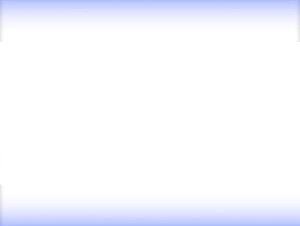Oskar Holweck

Enrico Castellani
In 1959, using a regular, geometric arrangement of hazelnuts across which he stretched a monochrome canvas, Enrico Castellani established the fundamental ...
read more 
Lucio Fontana
The museum is a conventional institution. Equally conventional is the practice of giving introductory talks at exhibition openings. We won’t waste our ...
read more 
Painter of White from the Outset
The work of the painter Raimund Girke might appear rather uniform at first sight. Upon closer inspection, however, his creative life, which spans some ...
read more 
Katharina Grosse
Katharina Grosse’s paintings need neither place nor frame nor canvas. Detached from the painting support, her pictures flow over forms, grow out of granular ...
read more 
Alfonso Hüppi
A prominent representative of object art, Alfonso Hüppi is concerned with an aesthetic analysis of form, while also focusing on the usability of everyday ...
read more 
Bernd Koberling
… I became a painter in order to be able to express myself with painting, and not just to celebrate painting ...
My Überspannungen came about starting ...
read more 
Piero Manzoni
Nearly half of the entire oeuvre of the Italian conceptual artist Piero Manzoni consists of the “uncoloured” Achromes, a group of around 600 works. By ...
read more 
Jan J. Schoonhoven
Zero is not geared to geometry. Although this should be clear in itself, it becomes unmistakable when you compare Zero products with truly geometric objects. ...
read more 
Ulrich Erben
Ulrich Erben’s group of early “white paintings” (1968–1978) is distinguished by their marginal areas of unpainted canvas, initially more or less unprepped ...
read more 
Otto Piene
“Light is the primary condition for all visibility. Light is the sphere of colour. Light is the vital substance of both humans and painting,”1 wrote Otto ...
read more 
Günther Uecker
Early on in his career, Mecklenburg-born artist Günther Uecker turned against the predominant art movements of the 1950s: socialist realism in the GDR ...
read more 
